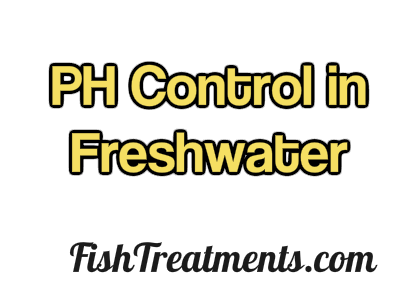
pH Control and Buffering in Freshwater Systems
There are SO many ways to control the pH in freshwater systems raise the pH and “hold it there”.
You may not have to worry about this, at all, in geography where the tap water contains tons of carbonates. The recommended test kit below renders a value for “hardness” which is (roughly) an indicator of the ability of the pH to “hold”. I like ‘hardness’ or ‘alkalinity’ values over 80. That would SUCK for Tetras like Neons. They (along with many South American species, prefer water with a lower pH and softer values. But most of the captive bred South American species tolerate neutral buffered water pretty well.
So the key element is to KNOW if you even need Buffers, and then if you DO, which ones to buy and why.
The first order of business is to even know if the pH is a "thing" and the test kit I really like is the Tetra Complete because not only can you discover and manage pH and stuff, it also discovers problems with nitrogen cycling. | |
Raising the pH in a hurry is eaaiest with Baking Soda and I recommend everyone with freshwater aquariums have a couple boxes of this on hand in case of emergency. I don't use it for the long range "buffer" but to 'get the pH up' it's the fastest. | |
I use this almost exclusively for pegging and holding the pH in my freshwater systems. It's got the greatest economy BY FAR and works really well. People may criticize it because it contains some phosphates that could contribute to plants and algae proliferation but it's worth it. Whenever you feed fish you contribute phosphates to the tank, too. | |